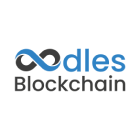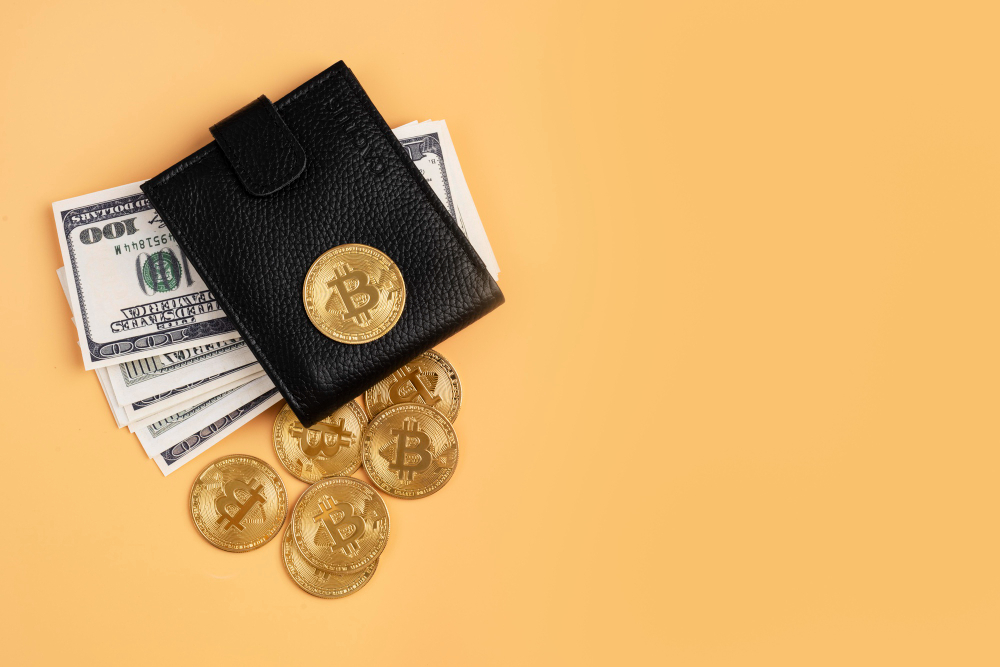How to Create a Web3 Crypto Wallet
 Mohd Arslan Siddiqui
Mohd Arslan Siddiqui
Developing a Web3 Wallet with web3.js
A Web3 wallet is a software application that allows users to interact with the Ethereum blockchain and manage their Ethereum-based assets, such as Ether (ETH) and ERC-20 tokens. In this blog, we will go through the steps to develop a Web3 wallet using the Ethereum JavaScript library, web3.js. This library provides a convenient interface for interacting with the Ethereum blockchain and can be easily integrated into a web3 application development project.
Step 1: Installing Dependencies
You will need to install the web3.js library and any other dependencies your project requires. To install web3.js, run the following command:
bash
Copy code
npm install web3
Step 2: Connecting to the Ethereum Network
Before you can start interacting with the Ethereum blockchain, you need to connect to an Ethereum client. There are several Ethereum clients available, such as Geth, Parity, and Infura. For this tutorial, we will be using Infura, which is a service that provides access to Ethereum nodes through a secure, reliable, and scalable infrastructure.
To use Infura, you will need to sign up for an account and create a new project. This will give you access to an API key, which you will use to connect to the Ethereum network.
Once you have your API key, you can use the following code to connect to the Ethereum network using web3.js:
javascript
Copy code
const Web3 = require(‘web3’);
const web3 = new Web3(new Web3.providers.HttpProvider(‘<YOUR_INFURA_API_KEY>’));
Replace <YOUR_INFURA_API_KEY> with the API key you received from Infura.
Step 3: Interacting with the Ethereum Blockchain
Now that you are connected to the Ethereum network, you can start interacting with it. The web3.js library provides several functions that you can use to perform various operations on the Ethereum blockchain, such as sending transactions, reading data from smart contracts, and more.
For example, to get the balance of an Ethereum account, you can use the getBalance function:
javascript
Copy code
web3.eth.getBalance(‘<ACCOUNT_ADDRESS>’, (error, result) => {
if (error) {
console.error(error);
} else {
console.log(result);
}
});
Replace <ACCOUNT_ADDRESS> with the Ethereum account address you want to check the balance of.
Conclusion
By following these steps, you can set up a basic Web3 wallet that connects to the Ethereum network and interacts with the blockchain. The web3.js library provides a comprehensive set of tools for working with Ethereum, making it easier to build and integrate blockchain functionality into your web application.
Contact our expert web3 developers to discuss how we can help you launch a successful web3 projects.
Subscribe to my newsletter
Read articles from Mohd Arslan Siddiqui directly inside your inbox. Subscribe to the newsletter, and don't miss out.
Written by

Mohd Arslan Siddiqui
Mohd Arslan Siddiqui
Expert blockchain writer with a knack for simplicity. Blends technical depth with engaging storytelling.